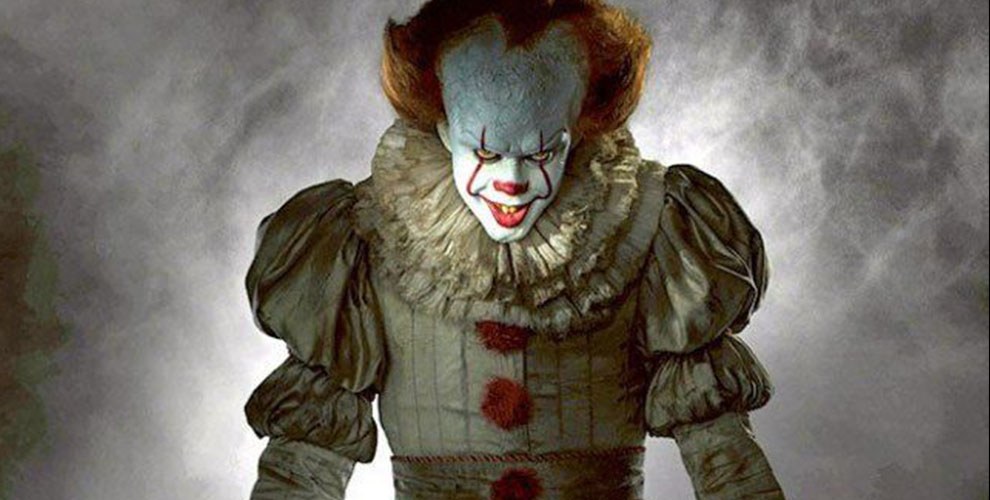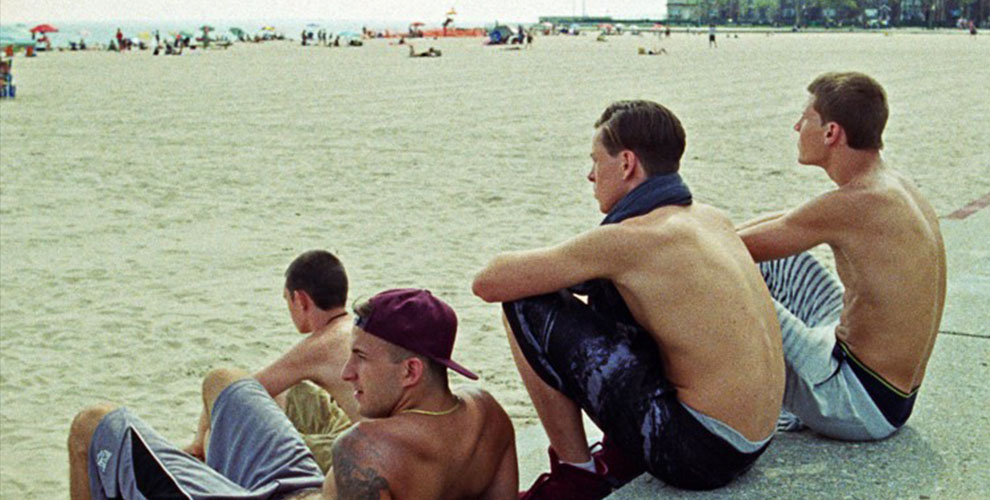
Before legendary director Terrence Malick starting churning out movies that regularly passed the two and a half hour mark, his first two films were actually scant 90-minute affairs, but no less epic than his subsequent entries in his famous oeuvre.
His sophomore effort, 1978’s “Days of Heaven” cannot be mentioned among movie fans without ushering superlatives like “gorgeous”, “stunning”, or “masterpiece”. It’s par for course for a Malick film to elicit those adjectives, but “Heaven” stands on its own too: it’s actually a starkly simple and straightforward tale, for the famously abstract, longwinded and impressionistic filmmaker.
Set in the 1916 American heartland–at the onset, essentially, of the spirit of the twentieth century–before America joined World War I a year later, the film has a wistful sense of lost innocence. Richard Gere stars as Bill, a shifty, down-on-his-luck man who accidentally kills a man during a heated scuffle. Of course, he immediately runs off with his girlfriend, Abby (Brooke Adams) and kid sister Linda (Linda Manz).
They do what anyone would do in that time and place: catch a train to nowhere (the Texas panhandle), to work the fields with dozens of other anonymous laborers. Here in the golden wheat fields, is the famous backdrop that gives this film its central identity. The story is compelling too though: the rich farmer (Sam Shepard) takes a shine to Bill’s petite girlfriend, and coupled with a chance eavesdropping that the farmer has a terminal illness, Bill the opportunist spies his lucky break.
Entering soap opera territory, Bill and Abby had already been posing as brother and sister in their new surroundings, perhaps presciently for opportunities such as this. Bill quietly nudges Abby to reciprocate the unassuming farmer’s interest. She obliges; the farmer is actually a handsome, kind man. The central issue is Bill and Abby’s deception of course, which forms the crux of the film’s dramatic arc–punctuated by Abby implicitly falling in love with her new husband too.
The story is simple enough, but as with Malick films, it’s also what’s seen, felt, implied, and intuited. “Days of Heaven” is what the term “mood piece” was built for. To borrow another cliche, it’s a “world” of its own. Along with its folksy score by famous composer Ennio Morricone, the film deftly captures a piece of Americana, while also being a product of its actual release time–the 1970s, with its pallid, rustic, and rugged landscape–visually and emotionally. Its modesty proves that Malick’s own take on minimalism could be just as effective. It isn’t overwhelming like his recent films aim for, but rather, a quiet storm–a dream that strikes you in its specificity and uniqueness of tone. It feels at once familiar yet strange, which is a winning cinematic formula.



